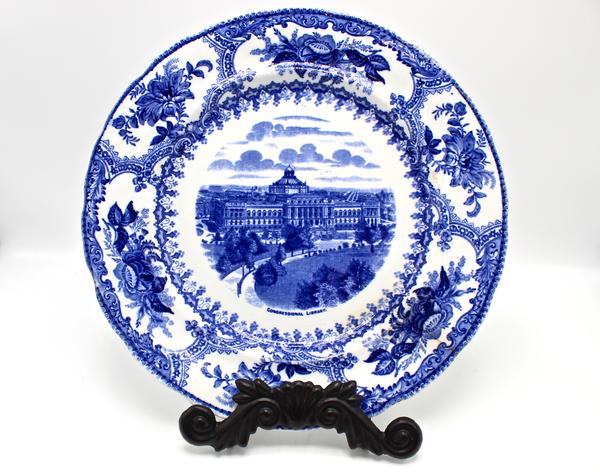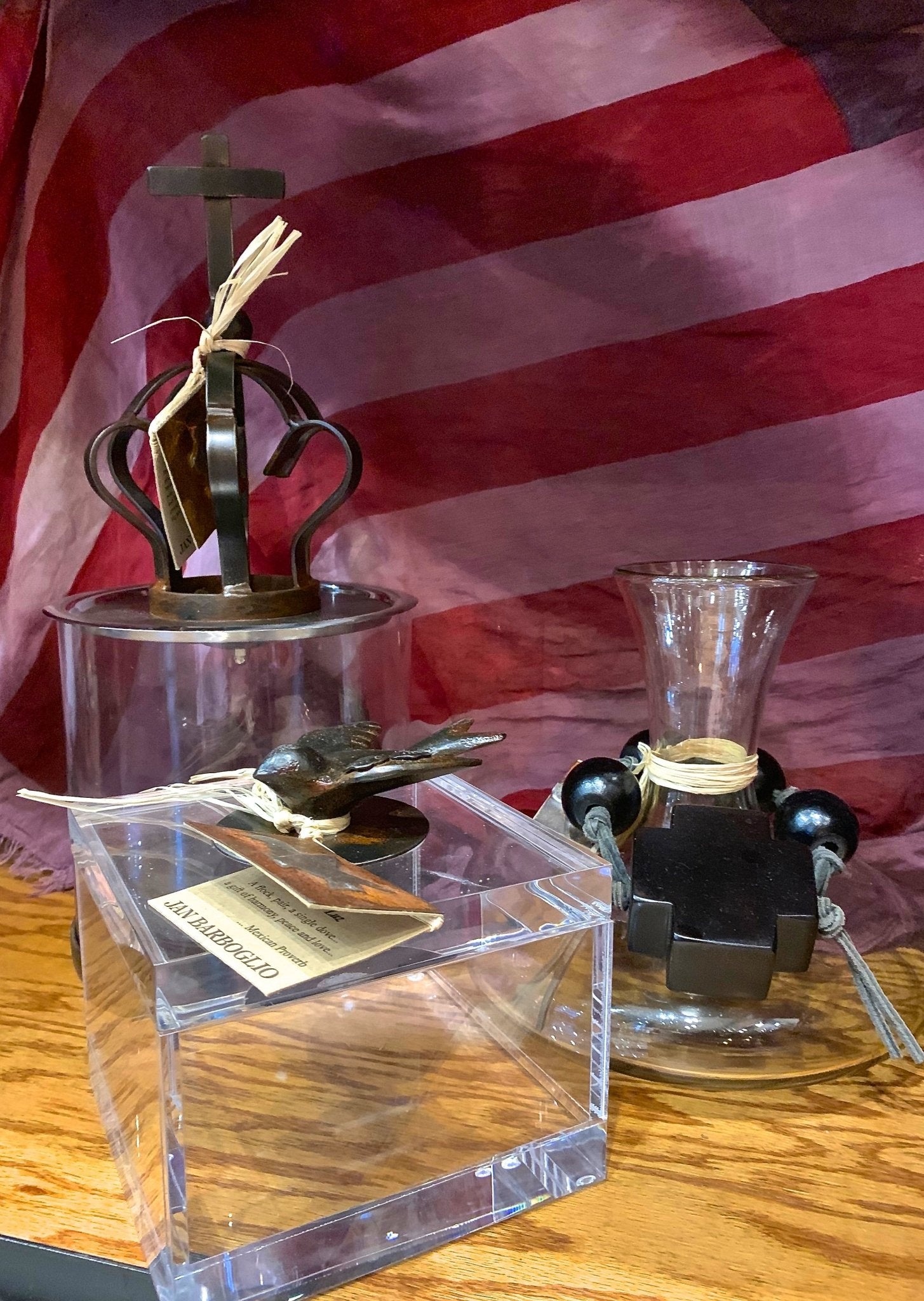George Washington's Inauguration
230 years ago, on April 30th of 1789, George Washington was inaugurated as the first president of the United States. Washington was administered the oath of office on the balcony of Federal Hall at the corner of Wall and Broad Streets in New York City. After taking his oath, Washington gave his first inaugural address, in which he was profoundly humble and modest, accentuating the fact that he was "summoned by my Country." We discuss the events that led up to his inauguration and the kickoff of his presidency in this week’s blog.
 George Washington Portrait by Jacques Reich
George Washington Portrait by Jacques Reich
In 1789, George Washington unanimously became the first president of the United States. He was elected to office and garnered the unwavering support of political figures and the public. Washington, as the first president, was aware of the great responsibility of defining the American presidency. He often made the comment "I walk on untrodden ground,” which was certainly true. Washington knew the burden that he was taking on in being the first president of the U.S., as the country was so determined to stray far from the oppressive monarchy they were previously ruled by.
After his victory in the Revolutionary War, and the help he offered in setting up the Constitutional Convention, Washington’s peers saw him as their next option for success in an American presidency. However, Washington was reluctant to take on the responsibility, as he was growing older and more fond of the idea of retirement. Even still, Washington was overtaken by his conscience and ultimately accepted the position, stating so in a formal letter:
“Having concluded to obey the important and flattering call of my Country.”
On the day of George Washington’s inauguration, a military salute was fired at the nearby Fort George to signify the events of the day. Hundreds of citizens showed up for the reading of the oath that inducted Washington into the presidency. The oath was administered by the New York Chancellor of state, Robert Livingston, on the gallery balcony outside the Senate Chamber. It was done so “that the greatest number of the people of the United States, and without distinction, may be witnesses to the solemnity”.
 1844 George Washington Engraving by H.S. Sadd
1844 George Washington Engraving by H.S. Sadd
Citizens of the new nation showed up in large crowds to Washington’s inauguration. One exhilarated eyewitness recalled that " ... my sensibility was wound to such a pitch that I could do no more than wave my hat with the rest, without the power of joining in the requested acclamations which rent the air!" Another described the streets as "so dense that it seemed as if one might literally walk on the heads of people".
Afterwards, George Washington delivered his first inaugural address, in which he exemplified his gracious and modest character. He acknowledged that it was his duty to serve his Country as the first president, even if it was not necessarily his desire to do so. He stated that he was “summoned by my Country” to serve, and his inaugural address was quick and to the point.
 George Washington at Dorchester Heights Oil Painting
George Washington at Dorchester Heights Oil Painting
While Washington's celebration was quite grand, he seemed to down play the entire thing! Following his inaugural address, Washington attended mass. He then proceeded to retire to his residence where he ate dinner by himself! Quite a quiet night for the new president of the United States... Afterwards, the city was illuminated with a grand fireworks show. Washington watched with a few aides from the homes of Chancellor Livingston and General Henry Knox.
By 10pm, the new president was surely tired from a long day of festivities. However, the streets were so packed with excited attendees to the inauguration, that the carriage Washington took home could not pass through the streets. Thus, Washington proceeded to walk home-- what a bizarre ending to an inaugural event!
Now, 230 years later, we are still in awe of the strides George Washington took as the nation’s first president. His role was not only to lead the country, but to redefine the role of a nation’s leader after the Revolutionary War. Shop more George Washington pieces here.
Cited: 10 Facts About George Washington’s Election. Mount Vernon Ladies’ Association. 2019





